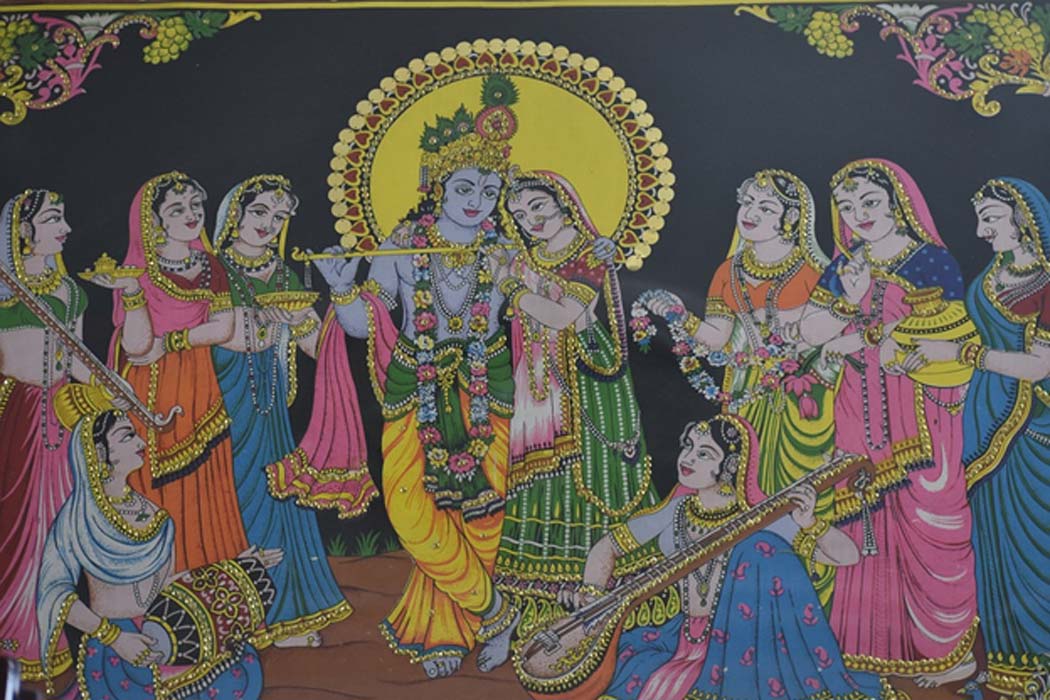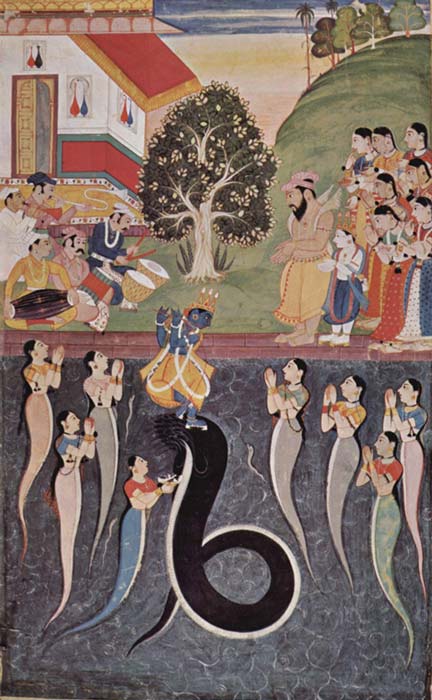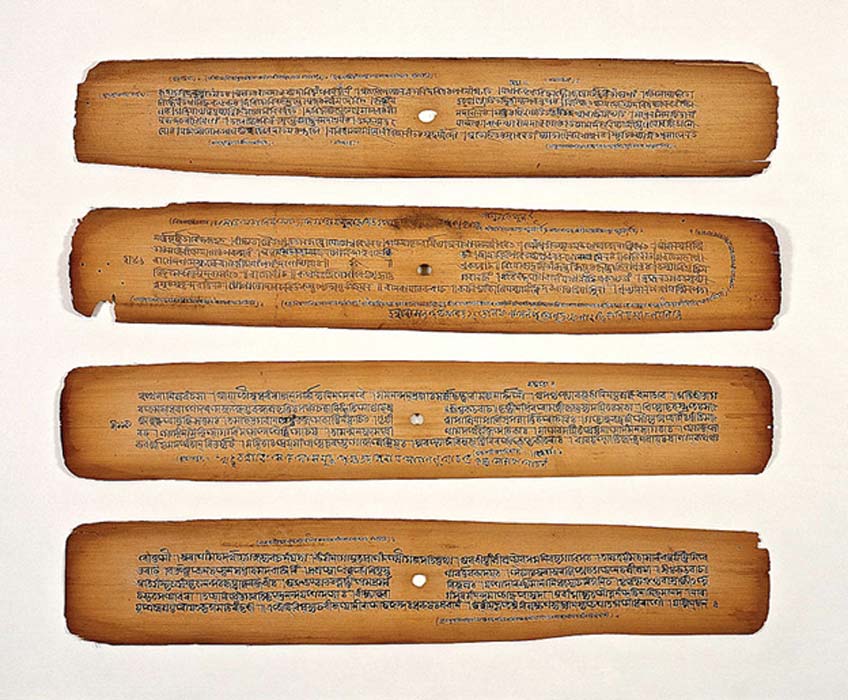
The Mystery of Krishna: Was He Man or Myth?
For thousands of years, the people of India have believed in the divinity of Sri Krishna. But questions have constantly haunted their consciousness as to whether Sri Krishna was a historical character or a mythical one and whether the history of India and the story of Krishna and the Pandavas, as told in the Mahabharata, (one of the two major Sanskrit epics of ancient India, the other being the Rāmāyaṇa), actually took place or were they only figments of Vyasa’s fertile imagination? The Pandavas were the five acknowledged sons of Pandu, by his two wives Kunti and Madri. Their names are Yudhishthira, Bhiman, Arjuna, Nakula and Sahadeva. Of course, during the British colonialization of India, they took pains to confirm that these stories were only figments of imagination, that India had no history of her own, and that the Puranas (ancient Hindu religious texts) were only myths. For years, the intelligentsia of India were thus indoctrinated and the history taught in India’s schools, was meant to repress this ancient culture. The discovery of the ruins of the great city of Dwaraka, however, is a great breakthrough and has conclusively proved the historicity of Krishna.

Dwaraka Tirumala Temple, West Godavari district (CC BY-SA 3.0)
Archaeological Evidence
Located on the west coast of India in the state of Gujarat, the city of Dwaraka is considered one of the seven holy cities of India. Archaeological discoveries of ruins and artifacts off the city’s coast have now conclusively proven what many have long believed: Modern Dwaraka is built on the same site as the famed city of the same name from the Puranas and the Mahabharata, the ‘Golden City’ of Lord Krishna. Archaeologists began excavating ancient structural remains at Dwaraka from the 1960s to the 1980s. The Underwater Archaeology Wing (UAW) of the Archaeological Survey of India (ASI) began conducting marine archaeological excavations in 2007. Ancient Dwaraka sank in the sea and hence is an important archaeological site.
In ancient history, there are tantalizing traces of Krishna. Megasthenes, the Greek ambassador in the court of Chandragupta Maurya (4th century BC), makes the first reference to the deification of Krishna Vaasudeva. He says that Heracles (who is closest to Krishna Vaasudeva) was held in high regard by the Sourasenoi (Surasena) who possessed two large cities, namely Methora (Mathura) and Cleisobora (Krishnapura; that is, Vraja and Vrindavana). Apart from references by Megasthenes to the deification of Krishna Vaasudeva, Buddhist texts mention the existence of shrines dedicated to Vaasudeva and Baladeva (Balarama, Krishna’s brother). The Greek ruler Agathocles (180 – 165 BC) issued coins with images of Krishna Vaasudeva holding a chakra. The figures of Krishna and Balarama are shown on the coins he had minted, which were found recently in the excavations at Al-Khanuram in Afghanistan. Heliodorus, the son of Dia (Dion), a resident of Taxila, had come to Besnagar as an envoy of the Greek king Antalikata (Antialkidas) to the court of Kasiputra Bhagabhadra during his 14th regal year. He was the Greek ambassador to India and became a great devotee of Krishna Vaasudeva. He erected a stambha, or column, at Videsha in 113 BC. Heliodorus’s column publicly acknowledged in the most conspicuous way that Vaasudeva, or Krishna, was the ‘God of Gods.’

Krishna dances over the subdued Kaliya Naag in river Yamuna, while seen on the banks are people of Gokula, Krishna's father Nanda Baba and his brother Balarama. (Public Domain)
Krishna Vaasudeva as a Historical Figure
So, what do we know about Krishna Vaasudeva? Strangely enough there is no complete account of his life in any Purana. (The Puranas are Hindu religious texts that are part of the Vedas. They contain narratives about the history of the Universe from creation to destruction and the genealogies of kings, heroes, sages, and demigods.) Krishna spent his childhood in Gokul and Vrindavan, towns in the Mathura district of the Indian state of Uttar Pradesh. His life in Gokul and Vrindavan, is narrated in the Srimad Bhagavatam (one of the 18 great Puranas) and the latter part of his life in the Mahabharata, but even that is only in connection with the story of the Pandavas.





